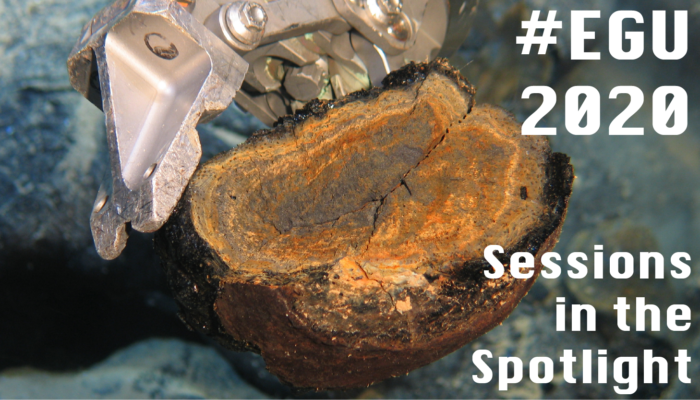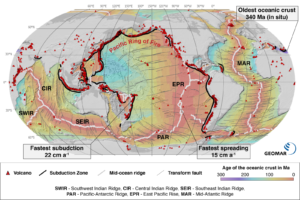
Do you feel like a journey through time and space, all from the comfort* of a seat in the Austria Centre Vienna? (*comfort not guaranteed). Does your dream holiday involve Iceland, and not for Game of Thrones reasons? Are you jealous of those scientists who spend 12 hours in a tiny submarine just to look at the ocean floor and pick up some basalt? Then here is the session for you at the 2020 EGU conference!
Philipp Brandl (GEOMAR, Kiel) and Christoph Beier (Helsinki) invite you to submit an abstract to their multi-diciplinary session about all things divergent. This covers everything from biology and hydrothermal activity, through geochemistry to geophysics and geodynamics, so that’s basically everyone! They say:
Divergent plate boundaries represent the most important interfaces between the Earth’s crust and mantle, and its surface with the hydro- and atmosphere. The continuous spreading of plates leads to decompression of the mantle and ultimately melting. Melt evolution and ascent and eruption of magmas along mid-ocean ridges and backarc spreading centres provide a unique means to improve the understanding of the elemental flux through the thin oceanic crust and the impact of the melting regime on hydrothermal activity driving heat transfer and growth of the oceanic crust. Plate tectonic parameters such as rate of spreading, segmentation or interaction with mantle melting anomalies will result in temporal and spatial changes of magma composition. In the case of backarc spreading centres the addition of subduction zone components triggers additional complexity to the crustal structure and temporal and spatial changes of magma composition. Throughout geological history, major changes in the heat budget of the Earth are likely to impact on the physical and chemical fluxes through spreading centres including the hydrothermal circulation. This is also of economic interest since many sulfide deposits mined onland today originally formed along submarine divergent plate margins. The discrepancy in size of sulfide deposits currently mined and found at the seafloor rises the question whether this is an artefact of incomplete exploration or a result of fundamental changes in the elemental cycling through time.
This session aims to bring together geochemical, geodynamic, geophysical, microbiological and hydrothermal contributions from the modern seafloor and to Archaean greenstone belts in an attempt to trace the evolution of divergent plate boundaries in space and through time.
Cool pictures of black smokers and submarines are almost guaranteed – so submit an abstract here and get involved!

